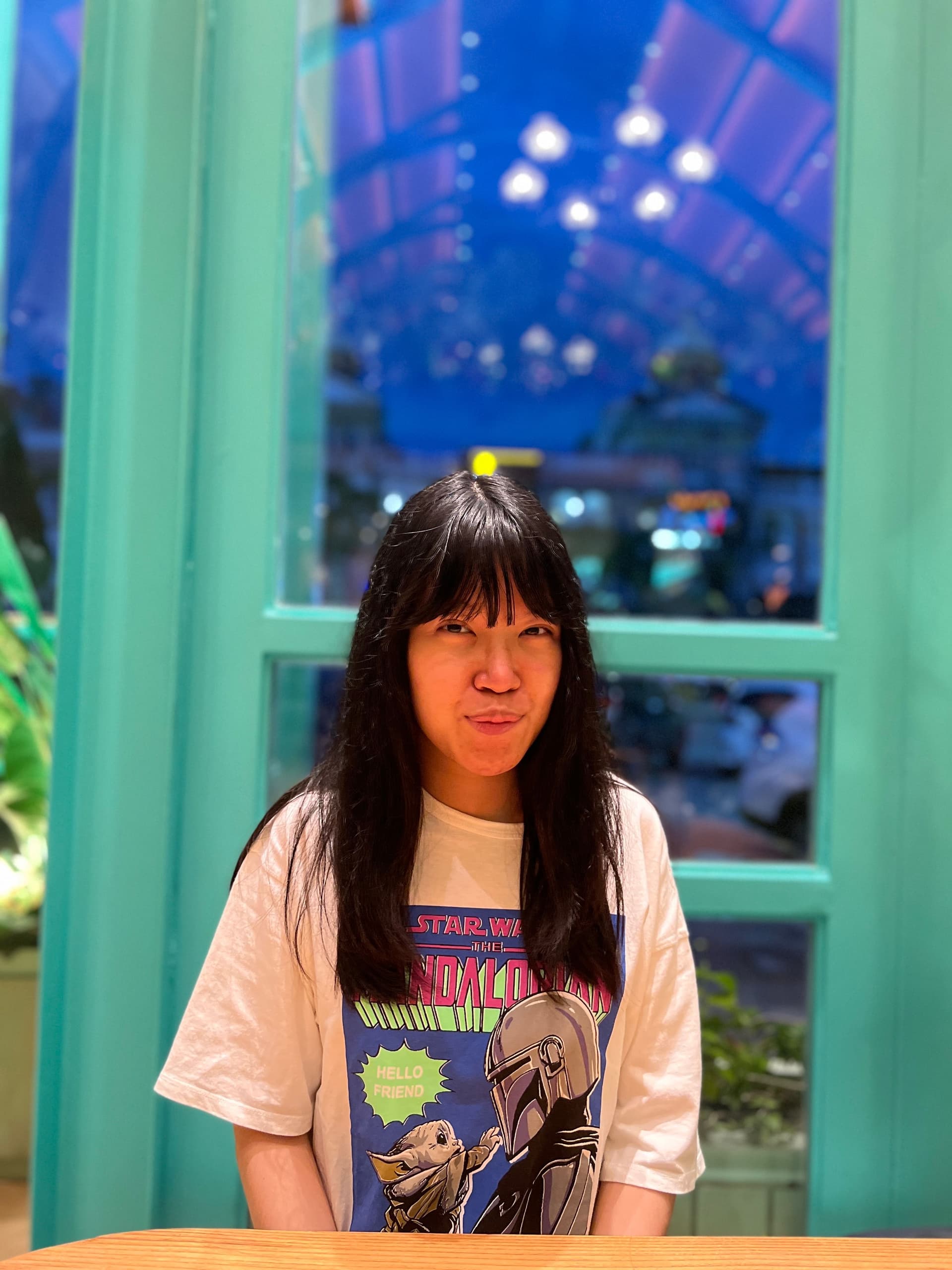
After ensuring that the ongoing shrimp cultivation already has the required permit, farmers should also pay attention to the environmental impact of their cultivation activities. One of the ways to do this is through waste management, which minimizes the implications of disposing of cultivation wastewater to the surrounding environment.
This discussion is shared by Adu Damilsun, Aquaculture Material Engineering Supervisor of the Aquaculture Technology and Development Department of STP, in the second part of JALA’s 15th SHRIMPS TALK webinar. This webinar was held on 7 May 2024, where Adu presented about “Aquaculture Technology Innovation and Environmental Management of Cultivation Impacts”.
Getting to know the protein skimmer technology
Adu introduced the protein skimmer technology, which makes use of the foam fractionation process. This technology was first developed in 1937 as an effort to eliminate organic matter from water. Nowadays, protein skimmers are used as physical filtration equipment to get rid of proteins, fats, and other materials from shrimp waste and leftover feed.

The principle behind protein skimmers is inspired by the natural wave breaking mechanism to clean organic waste in the sea and pollutants carried by river flows that end up in the sea.
Protein skimmers make use of gas bubbles, which are capable of carrying pollutants in water due to the fact that proteins and fatty acids from organic waste have surfactant properties. The waste is adsorbed on the surface of the bubbles, preventing them from bursting, thus trapping them on the surface and forming foam.
Here is how a protein skimmer works:
- Wastewater is pumped with gas bubble injection
- Wastewater and bubbles enter the skimming chamber
- Pollutants will adsorb to the bubbles, forming foam
- Clean water and foam will be separated and exit through their respective outlets
Some common designs of protein skimmers used in aquaculture are counter-current, co-current, and recirculating skimmers. The counter-current protein skimmer is equipped with a diffuser so that water and bubbles are flowed in opposite directions, carrying pollutants to the surface. In the co-current type, water and bubbles flow in the same direction, but there is an ejector so that water exits from the effluent channel below. The newest type is the recirculated type, which combines the principles of the previous two types for a more effective filtration process.
Benefits of protein skimmers
Protein skimmers help clarify cultivation wastewater. This is because the technology can reduce the levels of ammonia, TOM, and TSS in water. In addition, the decrease in ammonia and other organic compounds means that DO in pond water will also increase. This device is also low maintenance for farmers to keep.
In the long term, protein skimmers improve the quality of wastewater and maintain the carrying capacity of pond water for a more sustainable cultivation.
See you at the next Shrimps Talk!
The 15th SHRIMPS TALK received an enthusiastic response from the 173 audiences that attended the webinar. They inquired various questions related to shrimp farm licensing as well as technologies to reduce the environmental implications from cultivation activities. These discussions were expected to help farmers have a more productive and sustainable cultivation.
If you are a shrimp industry player and are interested in getting the latest information and insights, don’t miss the next SHRIMPS TALK webinar! Follow JALA’s Instagram account at @jalaindonesia to stay tuned for future updates. See you in the next event!





